Diwali 18 Oct till 23 Oct 2025: Date, Puja Time and Significance of this 5-Day Festival
Diwali is a five-day long festival that usually starts twenty days after Vijayadashami (tenth day of Dussehra) with Dhanteras, a tradition to welcome prosperity and happiness into people’s homes. It is followed by other customs such as Naraka Chaturdashi or Choti Diwali, Lakshmi Puja or Badi Diwali, Annakoot or Govardhan Puja, and Bhai Dooj. Read this piece for details about these customs and rituals.
Diwali is celebrated as a five-day long festival and it usually starts twenty days after Vijayadashami (tenth day of Dussehra). It begins with Dhanteras by welcoming prosperity and happiness into people’s homes. People clean their homes, declutter, get rid of unwanted things, whitewash the entire house, change the home décor, make and distribute sweets and savories amongst friends, colleagues, relatives, and loved ones.
The second day of Diwali is Naraka Chaturdashi. During Dwapara Yug (period), Krishna killed the demon Narakasura and released 16,000 girls that were held captive by him. Hence, this day stands for the triumph of good over evil and is also remembered as Naraka Chaturdashi, which is observed as the darkest night in southern parts of India.
The third day is the Lakshmi Puja and it is also celebrated as the birthday of Goddess Lakshmi, who was born from Samudra Manthan, the churning of the cosmic ocean of milk by Devas and Asuras. The fourth day is celebrated as Govardhan Puja and Balipratipada; the fifth day is celebrated as Bhai Dooj, which is dedicated to the bond between sister and brother, while other Hindu and Sikh craftsmen communities mark this day as Vishwakarma Puja and observe it by praying their tools and offering prayers to Lord Vishwakarma.
Claim your unique 30 page FREE Horoscope by filling the form below. We follow Vedic Astrology principles & methods for highly accurate reading.
Dates and Puja Timings, 2025
1. Dhanteras (Saturday, 18 October 2025)
Puja time: 7:16 PM to 8:20 PM
2. Naraka Chaturdashi (Monday, 20 October 2025)
Puja time: 5:13 AM to 6:25 AM
Choti Diwali Puja time: 19th October 2025 - 11:41 PM to 12:31 PM
3. Lakshmi Puja (Monday, 20 October 2025)
Puja time, India: 7:08 PM to 8:18 PM
• North & South America
Lakshmi Puja is on Monday, 20 October 2025
Puja Time: 07:29 PM to 08:45 PM
• Europe & Africa
Lakshmi Puja is on Monday, 20 October 2025
Puja Time: 06:16 PM to 8:31 PM
• India, Middle East, Asia & Australasia
Lakshmi Puja is on Monday, 20 October 2025
Puja time: 07:08 PM to 8:18 PM
4. Annakoot, Govardhan Puja (Wednesday, 22 October 2025)
Puja time in morning: 06:26 AM to 8:42 AM
Puja time in evening: 3:29 PM to 5:44 PM
5. Bhai Dooj (Thursday, 23 October 2025)
Puja time: 1:13 PM to 3:28 PM
Dhanteras
‘Dhanteras’ is derived from ‘dhan’ (meaning wealth) and ‘teras’ (meaning thirteen), which marks the thirteenth day of the dark fortnight of Kartik (a month in the Hindu calendar) and the beginning of Diwali. People clean their homes and light ‘diyas’ (lamps, usually earthen) for the next five days, near the idols of Goddess Lakshmi and Lord Ganesha.
The entrances of homes are decorated with fringes, rangolis and flowers. A common sight on this day is people shopping utensils, jewelry and other items. Dhanteras symbolizes Lord Dhanvantari, the universal ayurvedic healer who is believed to emerge from the churning of the cosmic ocean along with Goddess Lakshmi and other cosmic powers.
People also perform Dhanvantri Yagna on this day and some even light the Yama Deepam. This ‘deepam’ or lamp is made of wheat flour, filled with sesame oil and placed south in the back of their homes. This is believed to please Yama, the god of death, and the belief is that it will ward off untimely death.
Naraka Chaturdashi, Choti Diwali
Naraka Chaturdashi is also observed as Kali Chaudas, Choti Diwali, Hanuman Puja, Roopa Chaudas, Yama Deepam. ‘Naraka’ means hell and this day is observed on the 14th tithi to liberate the suffering souls from Naraka, i.e., hell and to achieve spiritual consciousness. It is a day to pray for relief from the cycle of death.
It is a major festival which is celebrated in some parts of north India. Women take a holy bath and have fun by beautifying themselves. This day is also enjoyed by purchasing festive food, savories and gifts. In some parts of Gujarat, it is also celebrated as Hanuman Puja.
It coincides with Kali Chaudas. It is believed that spirits roam around this night and Hanuman protects the devotees from negativity. This day also marks the devotion and dedication of Hanuman towards Lord Rama. In Tamil Nadu, Maharashtra and Karnataka, this day is observed as Diwali. Traditionally, a sesame oil bath is taken early in the morning and the occasion is celebrated with a feast and fireworks.
Diwali, Lakshmi Puja
Diwali, celebrated in the dark fortnight of the lunar month, is the most important festival in India which is celebrated by Hindus and Jains in major parts of the country. It symbolizes the victory of light over darkness and is also marked as an invitation to prosperity and abundance.
The festival is widely associated with Lakshmi (Goddess of Prosperity), Ganesha (for the removal of obstacles), and Lord Rama (to celebrate his return to his kingdom in Ayodhya with his wife Sita and brother Lakshmana after defeating the demon Ravana in Lanka and serving 14 years of exile).
Diwali is the festival of lights; on this day, most parts India are lit up by fancy lights, diyas, candles, lanterns, fireworks, feasts, and sharing of camaraderie with each other. Many towns organize community parades, fairs with music, entertainment activities, food stalls, and social gatherings.
On this day, Lakshmi Puja is conducted. People decorate their homes, clean and declutter their homes. Business owners exchange gifts or extend special bonus payments to their employees. Shops stay shut or close early on this day so that employees can enjoy family time.
Everyone wears new outfits, buys jewelry and pray to Goddess Lakshmi, Lord Kuber, Lord Ganesha, Lord Rama, Sita, and Lakshmana. After the puja, people share a family feast and sweets.
Diwali night is dedicated to Goddess Lakshmi, to welcoming her into clean homes to usher in prosperity and happiness for the coming year. It’s the time of celebration and spreading happiness and warmth amongst friends and loved ones.
Annakoot, Govardhan Puja
The day after Diwali happens to be the first day of the bright fortnight (Lunisolar calendar). Annakoot (heap of grain or mountain of grain) is celebrated on this day. Communities prepare 56 Bhog (varieties of food) which is offered in Krishna temples and devotees gather for the God’s darshan (visit). Annakoot is also observed as Balipratipada, Govardhan Puja, Padwa, Bali Padyami, Kartik Shukla Pratipada, etc.
Balipratipada celebrates the annual return of Asura king Mahabali to earth. According to Hindu scriptures, Mahabali sought and was granted this boon by Lord Vishnu. In some areas of north, west and central India, this day is honoured as Govardhan Puja, to mark Lord Krishna’s act of saving the cowherd and farming communities from timely rains and floods triggered by Indra’s anger, which he achieved by lifting the Govardhan mountain. This act of lifting the Govardhan mountain by Lord Krishna for the survival of villagers is celebrated by making the miniatures of Govardhan mountain from cow dung.
Bhai Dooj
The 5-day long festival comes to an end with Bhai Dooj, which is a celebration of the spirit and bond between brother and sister. Brothers travel to meet their sister and her family on this day. It is symbolized by Yama’s sister Yamuna welcoming Yama with a ‘Tilak’ (an auspicious mark on the forehead), while others interpret it as the arrival of Krishna at his sister Subhadra’s place after defeating the demon Narakasura.

Indu Lagna
Your Indu Lagna is a mysterious mathematical point in your horoscope that is very closely tied to your prosperity. It holds the key to your financial success, mediocre or even poor financial position, and is used to help you identify, activate, and grow your finances. more
2026 Horoscope Reports
Translate
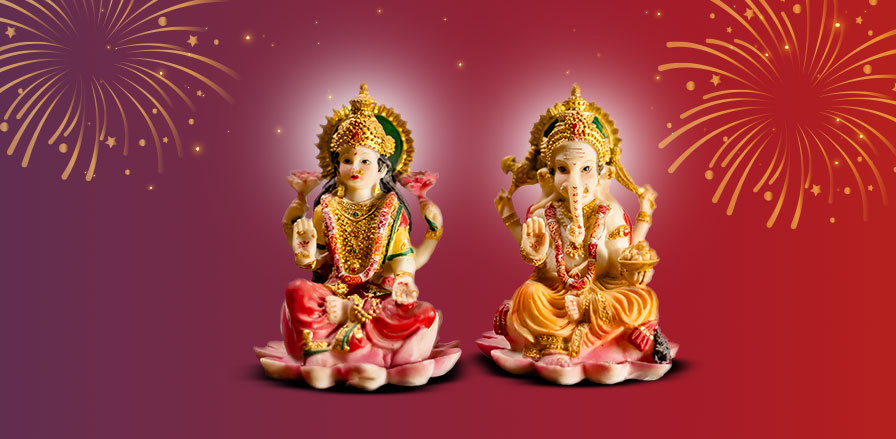
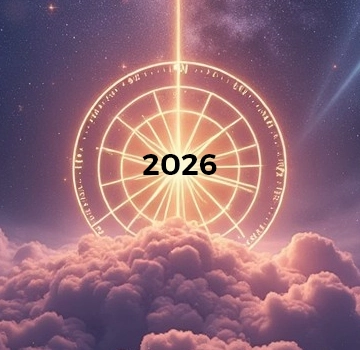
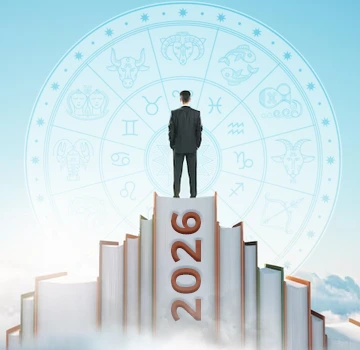
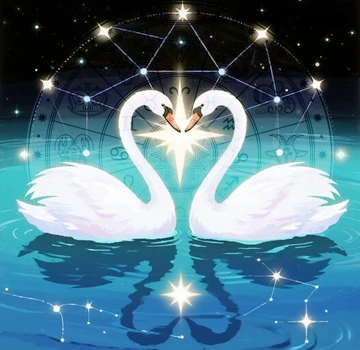
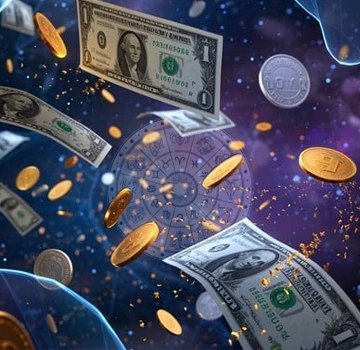
 Namkaran Is the Hindu Naming Ceremony of a Newborn child
Namkaran Is the Hindu Naming Ceremony of a Newborn child
 What Should You Do to Attract Prosperity on Dhanteras?
What Should You Do to Attract Prosperity on Dhanteras?
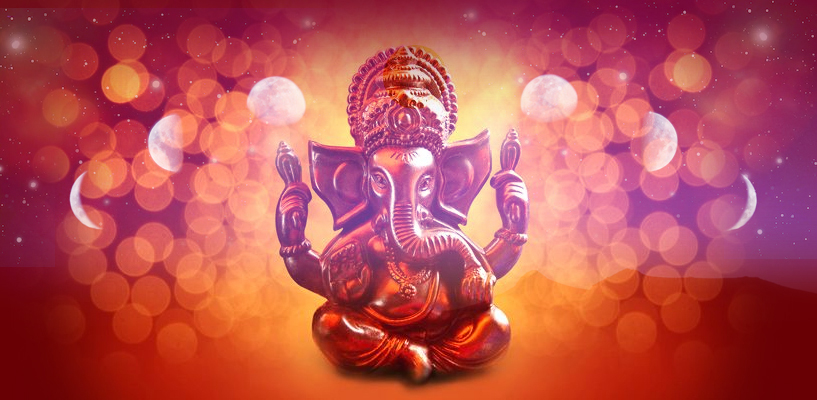 What is the significance of Ganesh Chaturthi?
What is the significance of Ganesh Chaturthi?
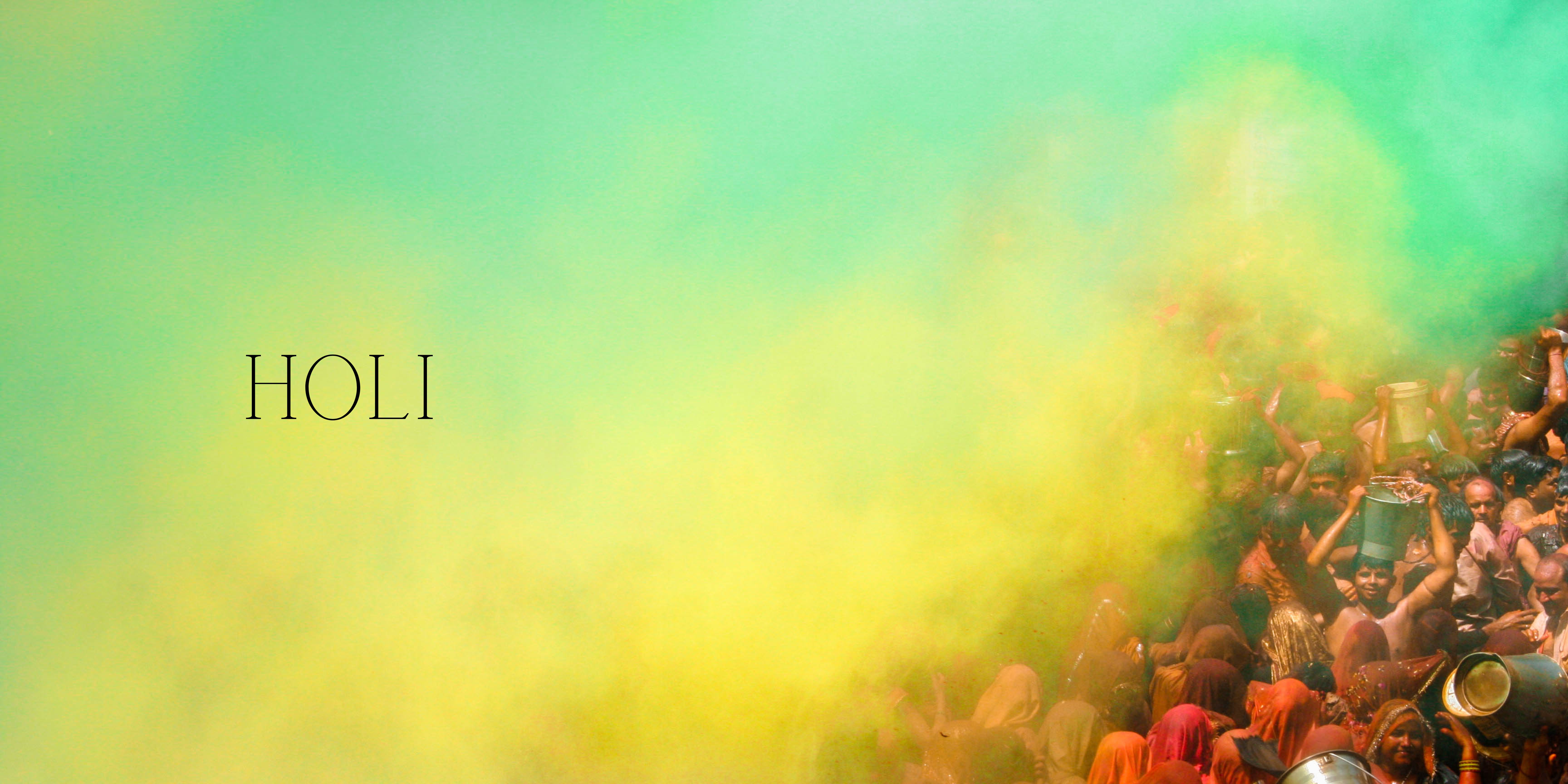 Holi 24 & 25 March 2024: Significance & Auspicious Time
Holi 24 & 25 March 2024: Significance & Auspicious Time
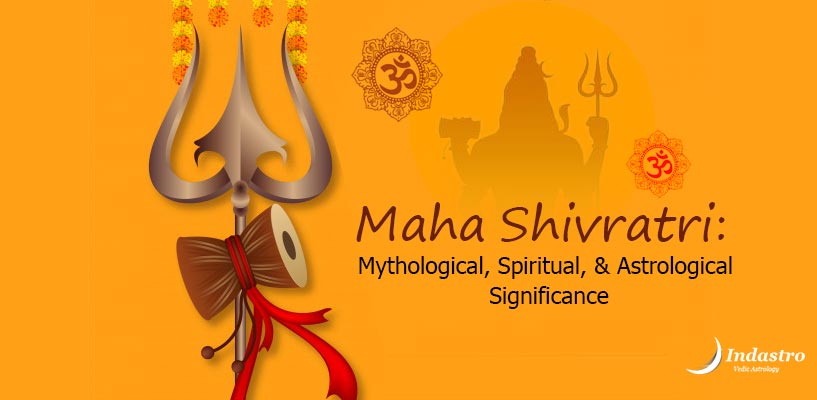 Mahashivratri 8 March 2024: Significance & Auspicious Time
Mahashivratri 8 March 2024: Significance & Auspicious Time
